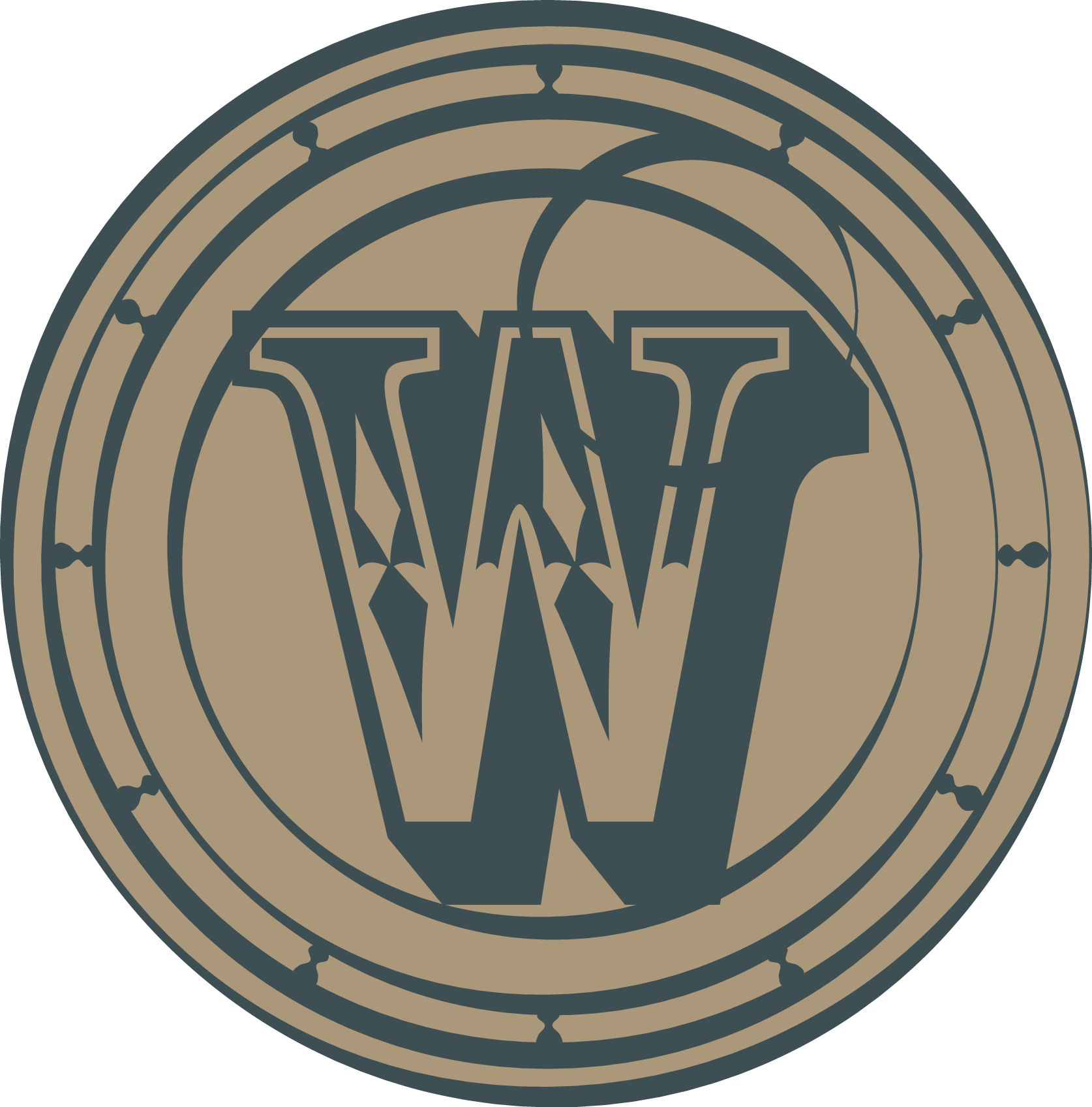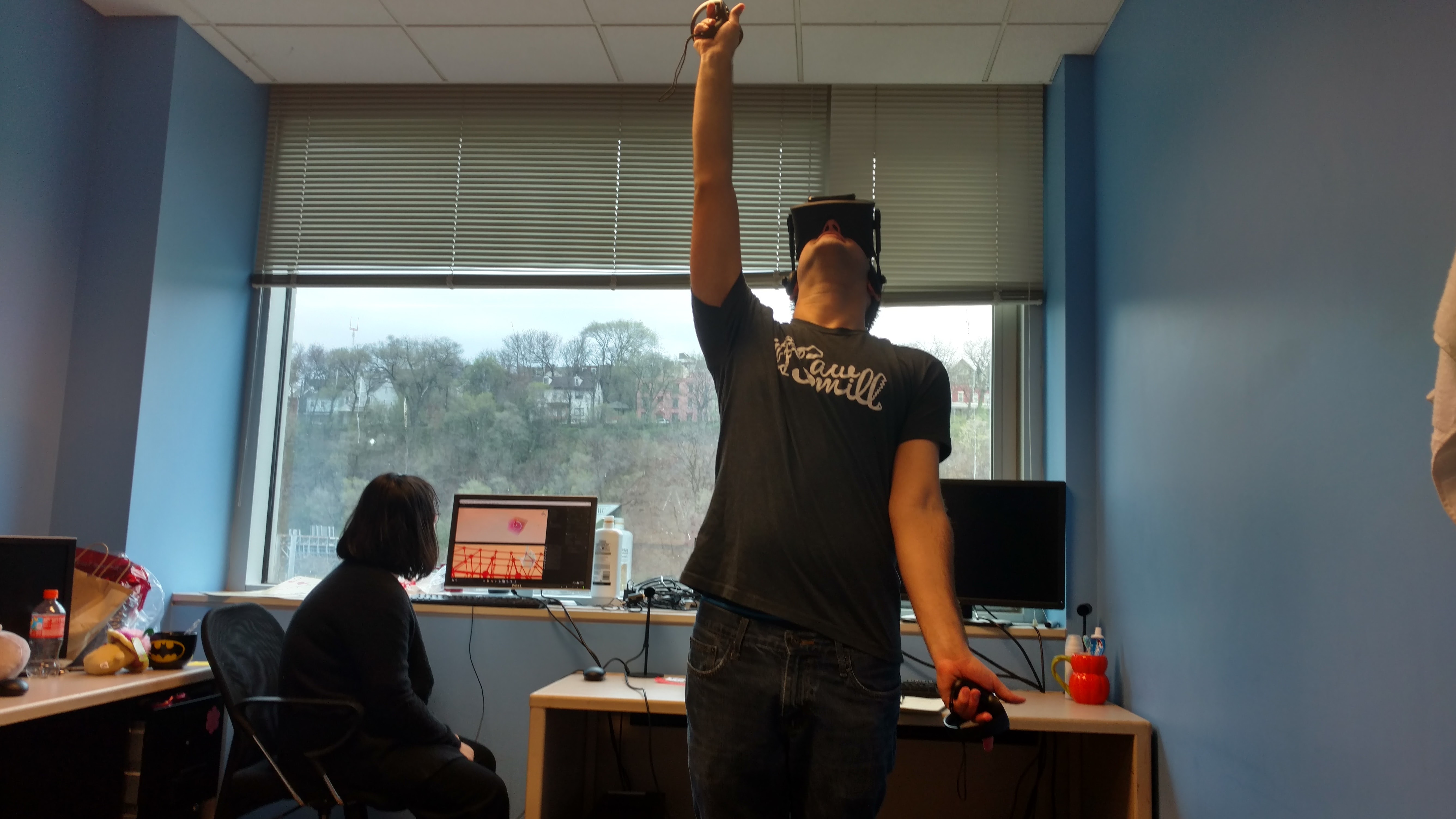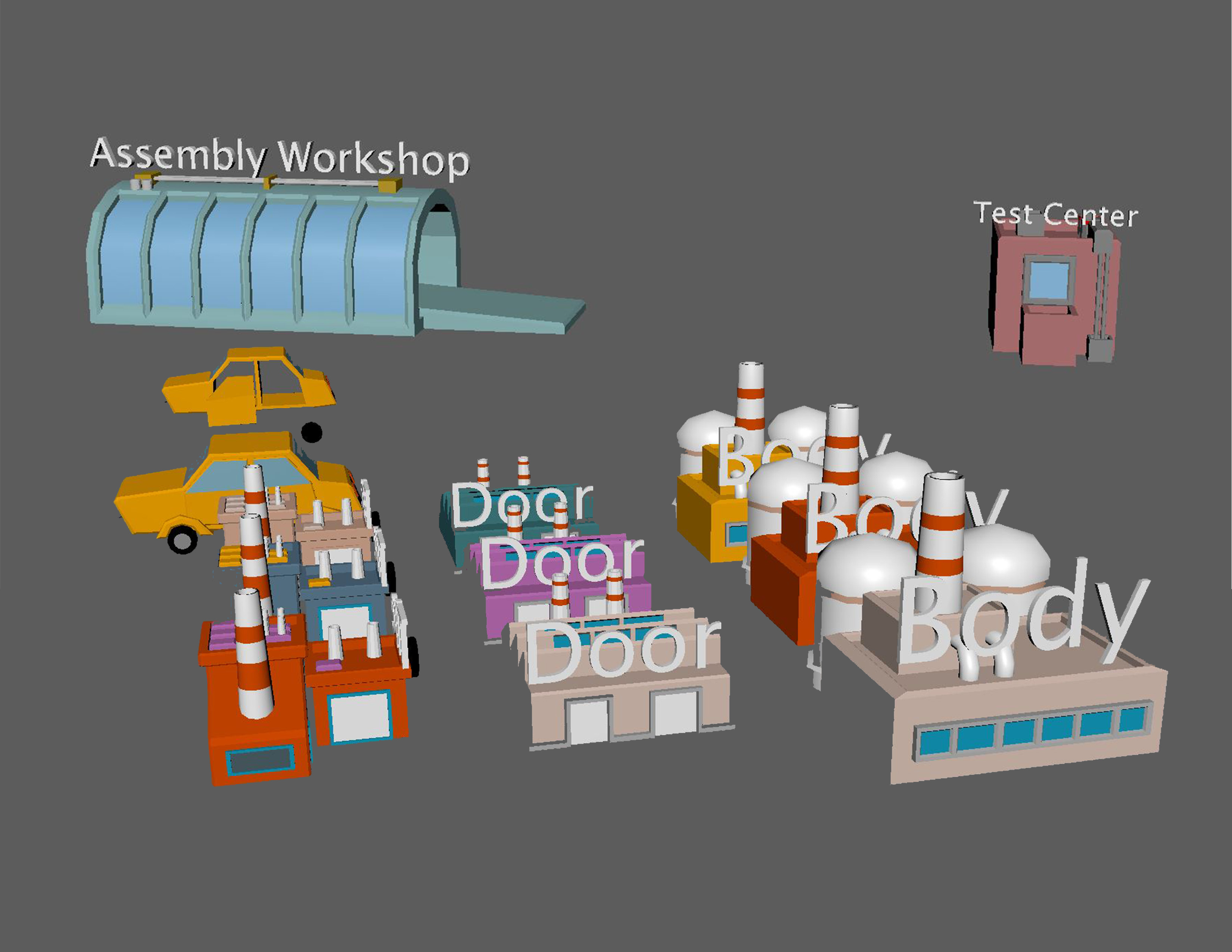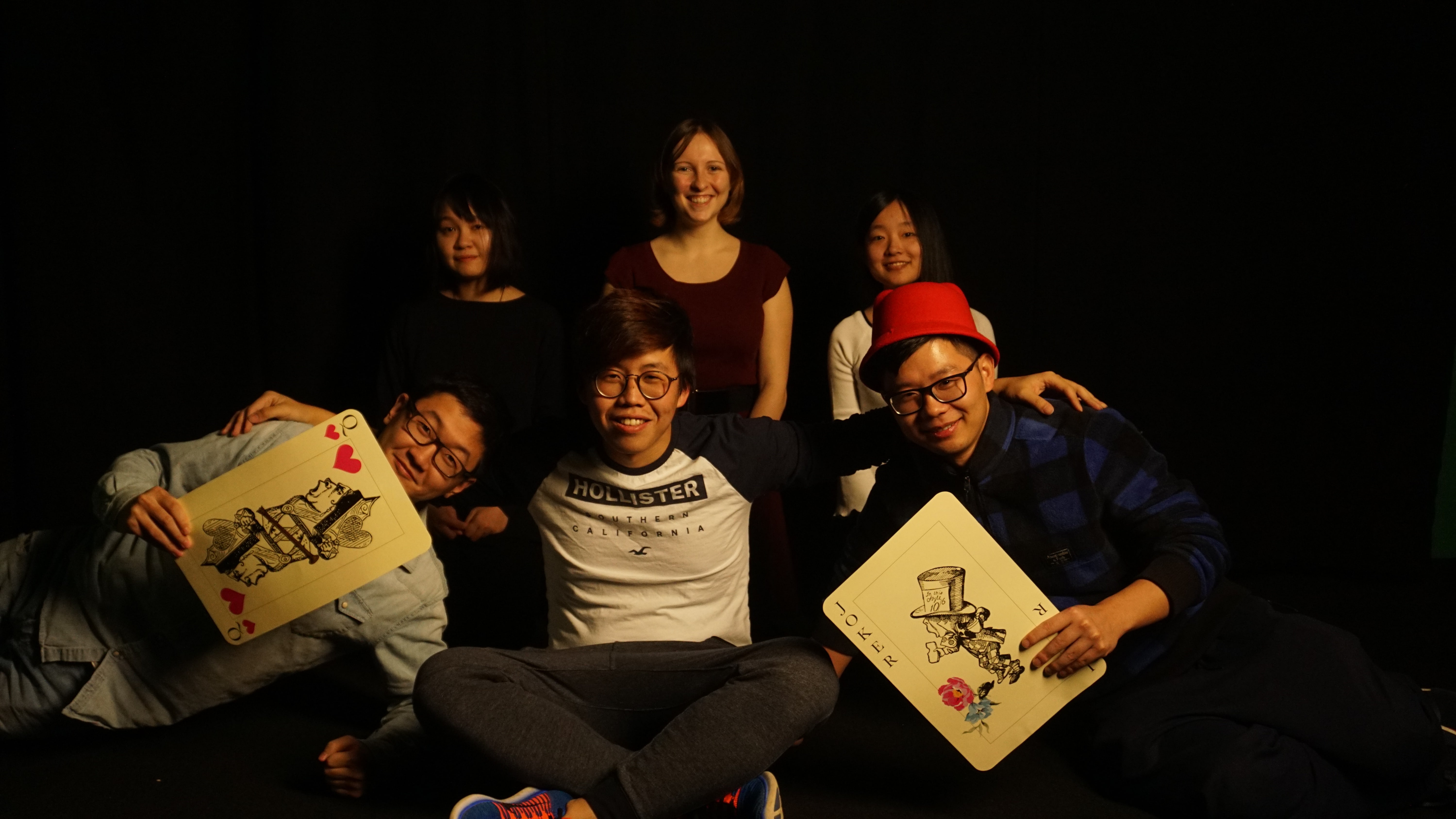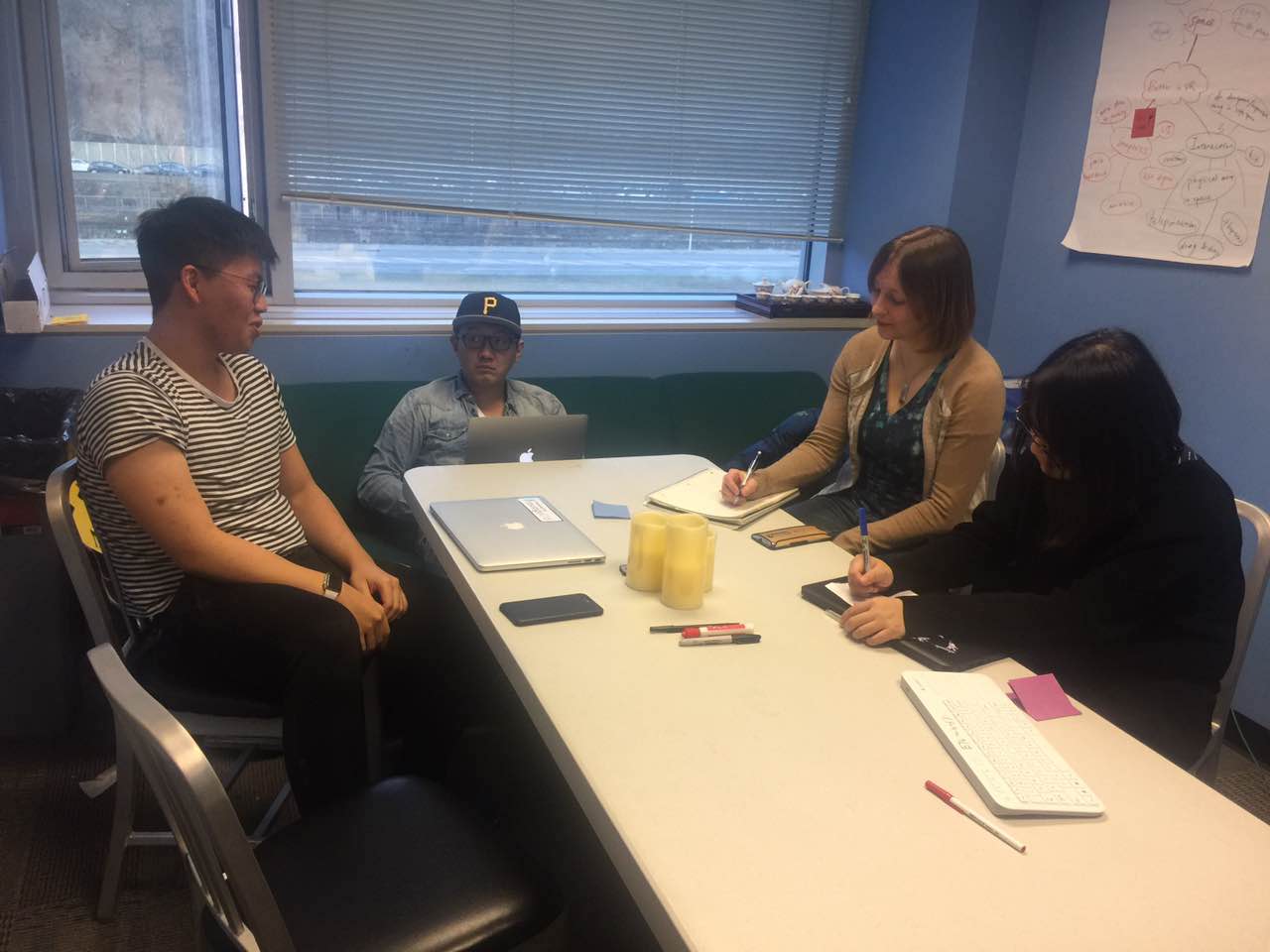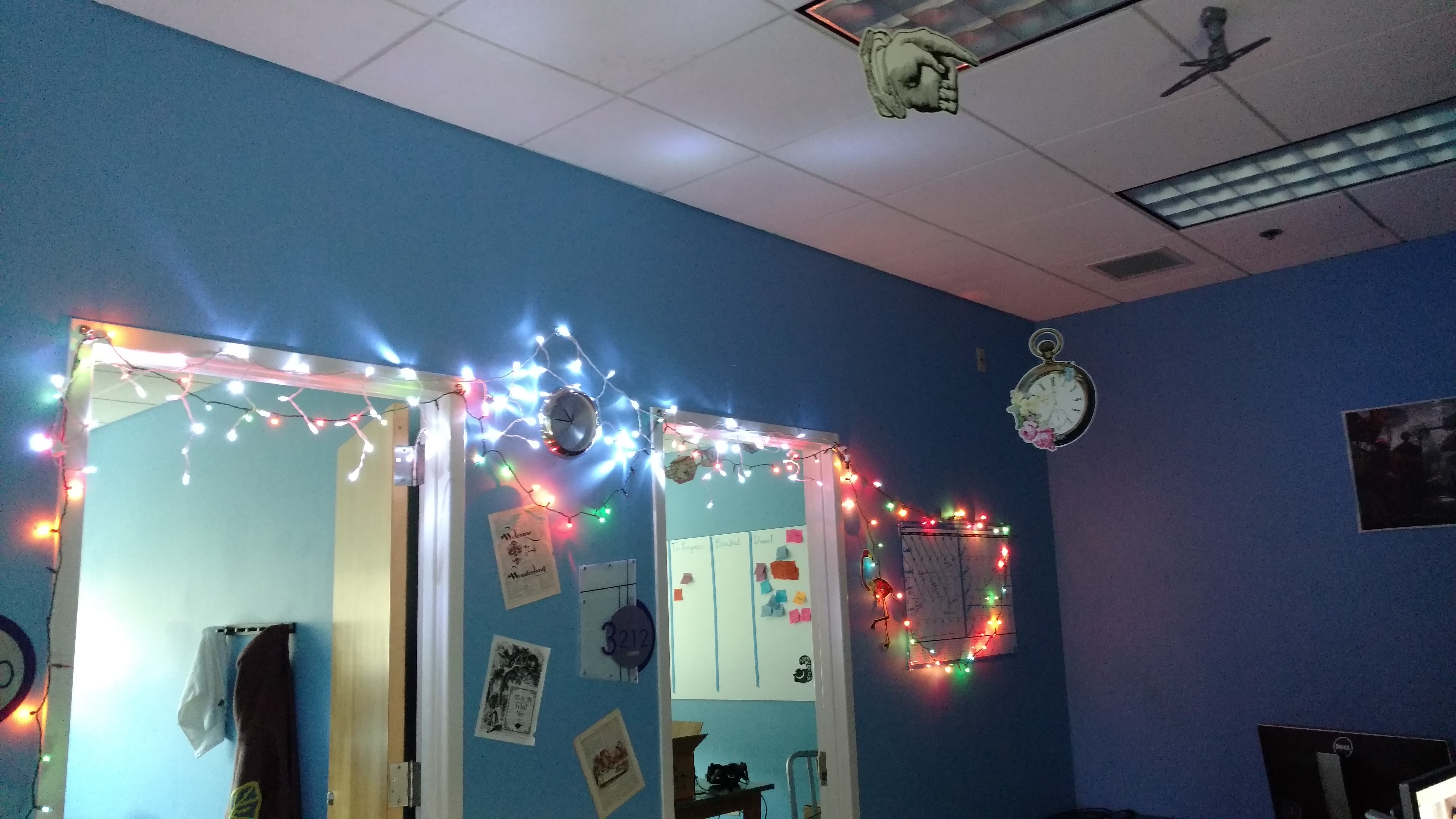This is it! We’ve wrapped up our final week of official development on our prototypes. Knowing us, we’ll continue tweaking them until the very end of the semester (Luna is still finding and fixing bugs in the Flags prototype), but we’re officially moving into the documentation phase next week. These last two prototypes have the benefit of all our previous mistakes, and it shows. We’re really proud of them!
Color Cube
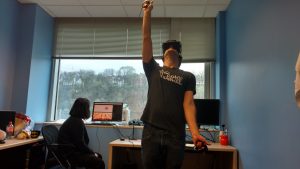 This week, we focused on playtesting and iterating on the Color Cube prototype. We got valuable feedback, like that players really want to see the overview of the whole cube from the outside, as it can be seen in Unity edit mode, because it helps them identify the status of the cube and navigate the splits more easily. They also wanted to have their steps counted and shown within the experience. One of the most common requests was for the ability to undo an action, which we are implementing right now.
This week, we focused on playtesting and iterating on the Color Cube prototype. We got valuable feedback, like that players really want to see the overview of the whole cube from the outside, as it can be seen in Unity edit mode, because it helps them identify the status of the cube and navigate the splits more easily. They also wanted to have their steps counted and shown within the experience. One of the most common requests was for the ability to undo an action, which we are implementing right now.
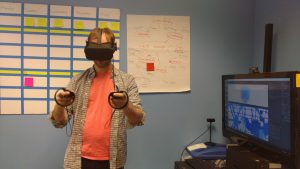 Overall, this prototype has been extremely well-received. It appears to be the most engaging of the experiences we’ve made so far (it’s the only one we’ve had trouble getting people to put down!) One of our playtesters, a student from Carnegie Mellon’s Human-Computer Interaction Institute, even said that this is the first virtual reality experience he’s seen that he would want to be able to play at home. That bodes well for the potential of experiences like this to get and keep students engaged with computer science concepts.
Overall, this prototype has been extremely well-received. It appears to be the most engaging of the experiences we’ve made so far (it’s the only one we’ve had trouble getting people to put down!) One of our playtesters, a student from Carnegie Mellon’s Human-Computer Interaction Institute, even said that this is the first virtual reality experience he’s seen that he would want to be able to play at home. That bodes well for the potential of experiences like this to get and keep students engaged with computer science concepts.
Clothing Shop
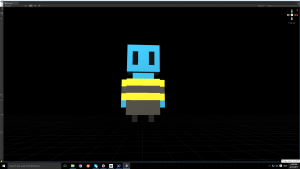 The Clothing Shop prototype underwent a major design shift during the last couple weeks. Rather than creating clothing to dress dolls or mannequins, which did not translate into the number of distinct steps we wanted, guests now created an animated robot. First they combine a cube and a model design to get a robot model. Second, they combine that model and a texture to get a textured model. Finally, they combine the textured model with an animation sequence to get a jumping robot.
The Clothing Shop prototype underwent a major design shift during the last couple weeks. Rather than creating clothing to dress dolls or mannequins, which did not translate into the number of distinct steps we wanted, guests now created an animated robot. First they combine a cube and a model design to get a robot model. Second, they combine that model and a texture to get a textured model. Finally, they combine the textured model with an animation sequence to get a jumping robot.
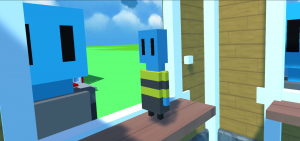 Despite just being finished this week, this prototype has already received quite a bit of positive feedback from our instructors and from playtesters. Specifically, the image we used of robots taking away raw materials and coming back with a new item corresponds very closely to the idea of passing information to functions via parameters and receiving something else from the function via the return statement. We’re quite pleased with this prototype and look forward to showing it to more playtesters.
Despite just being finished this week, this prototype has already received quite a bit of positive feedback from our instructors and from playtesters. Specifically, the image we used of robots taking away raw materials and coming back with a new item corresponds very closely to the idea of passing information to functions via parameters and receiving something else from the function via the return statement. We’re quite pleased with this prototype and look forward to showing it to more playtesters.
Playtesting
On Monday of this week we had two valuable playtesting opportunities. We took half of the team and half of our prototypes to an Alice workshop for teachers wanting to use the software in their classes and the other half to a local computer science department as part of a day-long workshop for their district. These playtests gave us a wide range of useful feedback. One of the major trends was that experiences like these may need to be able to be lessons in themselves, rather than add-ons that would need to be integrated into lessons, depending on how much control teachers have over their curriculum. It also came up that these sorts of experiences could be great additions to maker spaces, where students could use them on their own time to practice with particular concepts.
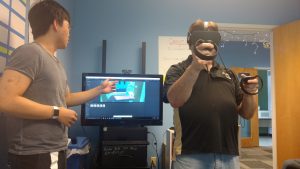 On Friday of this week, a local high school computer science teacher was kind enough to visit us and playtest a few of our prototypes. He tried the Clothing Shop, Color Cube, and Flag prototypes and was enthusiastic about the teaching potential of all three. He told us that he could absolutely imagine teaching with experiences like these, particularly the Clothing Shop prototype because the concept of parameter passing shows up early in his curriculum. He was especially excited about the idea of using experiences like these to present abstract concepts with graphical representations that may make them easier to understand for students that struggle with traditional teaching methods.
On Friday of this week, a local high school computer science teacher was kind enough to visit us and playtest a few of our prototypes. He tried the Clothing Shop, Color Cube, and Flag prototypes and was enthusiastic about the teaching potential of all three. He told us that he could absolutely imagine teaching with experiences like these, particularly the Clothing Shop prototype because the concept of parameter passing shows up early in his curriculum. He was especially excited about the idea of using experiences like these to present abstract concepts with graphical representations that may make them easier to understand for students that struggle with traditional teaching methods.
Starting next week we’ll be getting going on our documentation. We’re aiming to have useful information for the computer science community at large, for teachers or anyone who might want to demo one of these prototypes, and for developers who might want to make use of our code base. Next week we also have another teacher coming to playtest for us, and we’ll be preparing for soft opening when we show our work from the last few weeks to the faculty before the end of the semester and final presentations.
